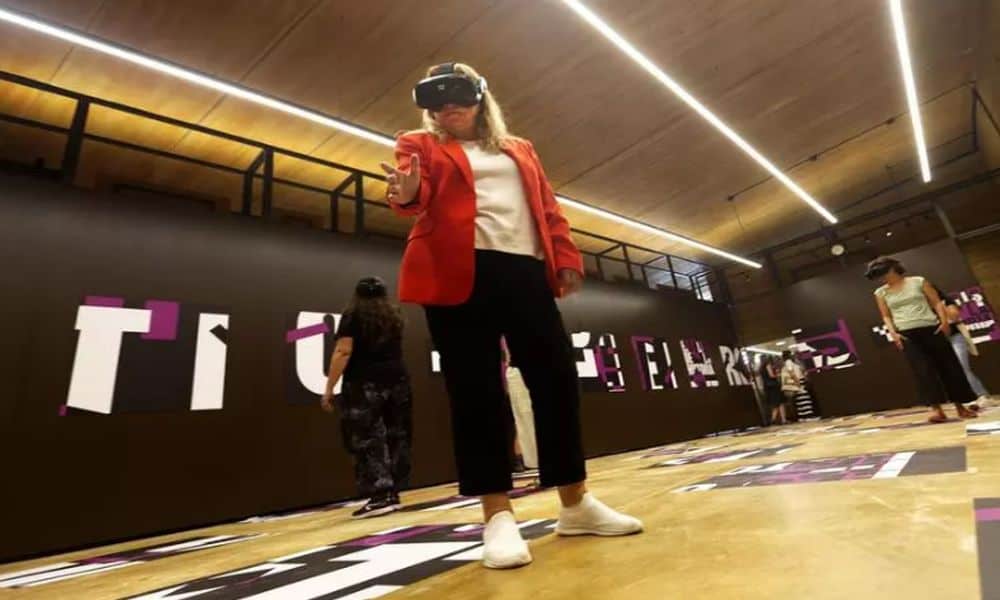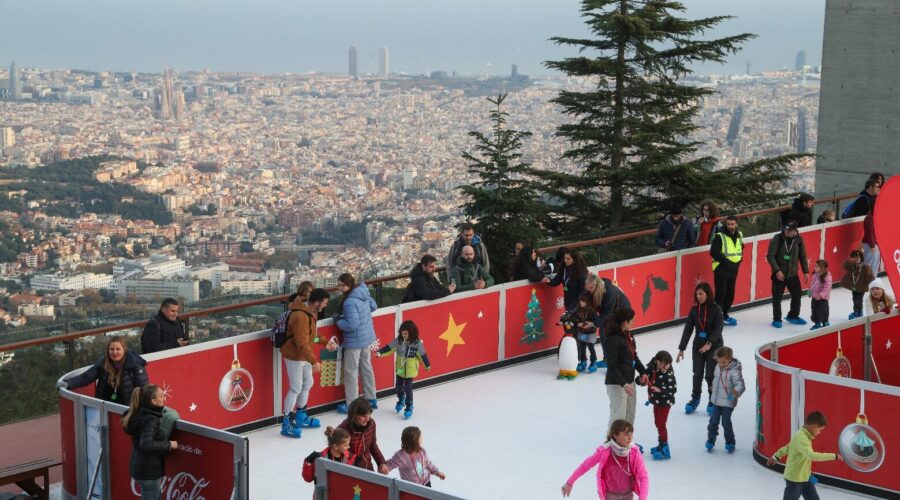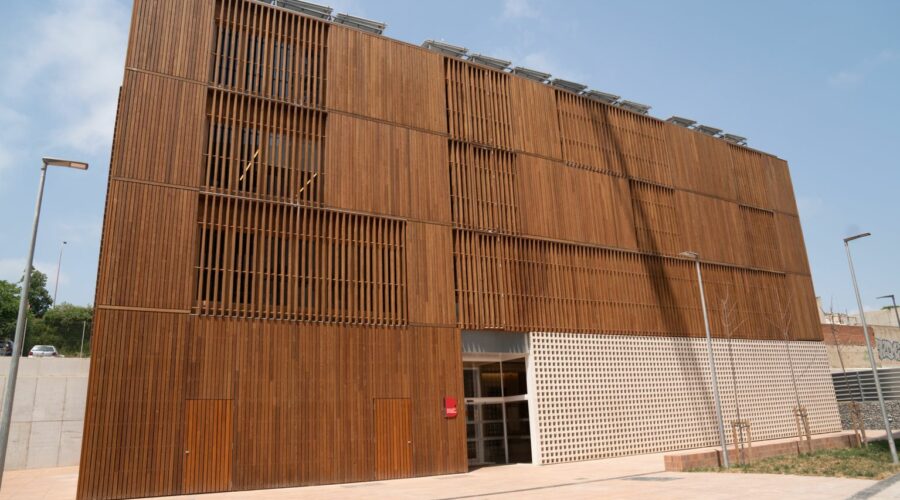
Catalan heritage is digitized: distinguishing an exceptional collective work
Nowadays, it is still complicated for someone to point it out and explain it, to recognize and distinguish an exceptional collective work. Because of the 120 cave paintings in the city, it comprises one of the few works in which women are the protagonists. The archaeologist Henri Breuil was one of the first to study the rock art collection. Henri Breuil interpreted it as a group of well-dressed and well-groomed women dancing and asking the gods to become pregnant. Shortly after, a look was discarded, hence there were first the women and years later someone added the little man, more trembling, in the middle. In this environment, there are present archers or archers, scene of goats, hunting, deer, oxen and wild boars. It is not known whether the artists are men or women. Throughout the centuries, figures were incorporated, always respecting what their predecessors had done.
Museography makes an explanation
Likewise, the new museography explains part of the debate, but does not go into it in depth. It also opts for an immersive reality that wants to provide more impressions than knowledge. This means that the visitor using the virtual glasses enters the study of the discoverers, full of maps and books. Of course, after walking through the cave, which is surrounded by wilder nature and a sky full of stars. In addition to seeing how two women from prehistoric times draw. If you want to go deeper there is a guide that can be downloaded on your tablet or mobile.
Catalan heritage goes digital: immersive reality at Cogul
According to the Minister of Culture, Natàlia Garriga: “The Cogul is the spearhead of a much bigger change that wants to bring Catalan heritage closer to everyone”. She also points out that this is a strategic commitment with the aim of creating open, inclusive and more accessible narratives. For example, Cogul not only emphasizes a more feminist approach. A reproduction of a cave was also created so that visually impaired people can follow the figures with their fingers.
10 million euro budget
Over a period of three years (2023-2025) a budget of 10 million euros is managed, the ministry will reform the museographies. In addition to applying immersive reality to the four monuments included in a project called The eyes of history, that is: the Charterhouse of Escaladei in October, the whole of the Boí Valley in December, the monastery of Sant Pere de Rodes in July 2025 and the castle of Miravet in October 2025. It should be noted that in September an exhibition will open on the first floor of the Palau Moja that seeks to offer tourists an approach to the history of Catalonia and its heritage. Likewise, these five monuments and immersive reality will reach the classrooms. It is an immersive scenario that can be enjoyed inside the centers with augmented reality glasses and educational resources. In this sense, the mayoress of Cogul, Maria dels Àngels Julià Monné assures that it has not been easy the way to achieve the renovation of the museography and points out the following: “It is a bittersweet moment, because it has not been possible to complete the project. The rain, erosion and dust are damaging the paintings”. Thus, the mayoress assures that the works are scheduled to begin in September, which will last two months. The objective is to protect the cave and prevent water seepage and rock movement from damaging it.



